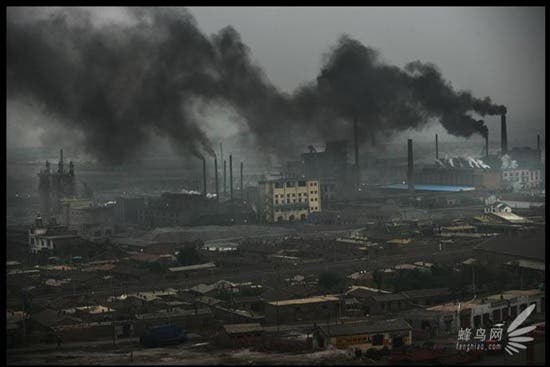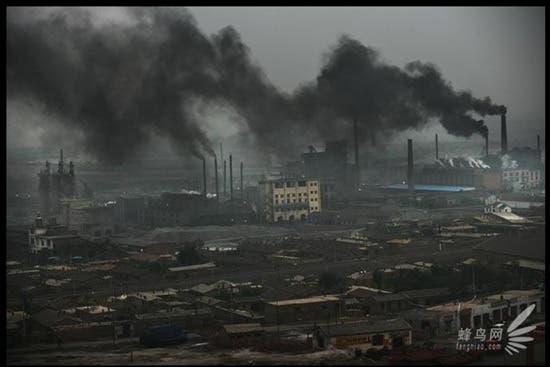Amid all the talk about Asia’s economic growth and their stable financial future, two major problem arise to cloud their bright dawn: climate change and pollution.

With way more than half of the world’s population, Asia has more to lose than any other continent; and considering the ways adopted by some of the most developed countries (China, for example) – they have the most power to change things for the better. Or for the worse.
Even though half a billion people in the region don’t even have access to electricity, the continent is by far the world’s leader regarding greenhouse gas emissions, and the numbers are greatly increasing every year.
Asia’s per capita emissions are still low, but this is owed mostly to the fact that numerous people live in rural areas, or areas without an industrial activity – and there are many of these in Asia. However, regardless of what any other country does, there can not be a significant improvement of the climate change and global pollution situation without a good management coming from Asia’s two giant countries: China and India. Researchers from all around the globe are starting to take note of significant facts, such as extreme weather events, droughts, storms, hurricanes, desertification, etc., and most of them are pointing the finger at these countries. The countries of south Asia – India, Pakistan, Bangladesh, Sri Lanka, Nepal and Bhutan have experienced the most severe climatic manifestations, with an average of almost six per country.
Furthermore, if the current trends are continued, more than 100 million people in south Asia, east Asia and the Pacific would be affected by a predicted 50 centimeter rise in sea levels, caused mostly by the melting of ice caps.
The Asian Development Bank has recently called for some stimulation of clean energy:
‘[..]increasing energy efficiency and reducing reliance on fossil fuels; adopting a new approach to urbanisation by building more compact and eco-friendly cities; relying much more on mass transit for urban dwellers and railways for long-distance transport; and changing lifestyles to alleviate pressures on finite natural resources’.
Clean energy has become one of the bank’s top priorities, but the governments seem to be taking their time regarding these measures, especially as public awareness in Asia is quite limited on the matter.
In China, 300,000 deaths and 20 million cases of respiratory illness a year come as a result of pollution, with an estimated health cost of about 3 per cent of gross domestic product a year. Big cities across the Indian subcontinent also have some of the world’s highest levels of urban air pollution.









